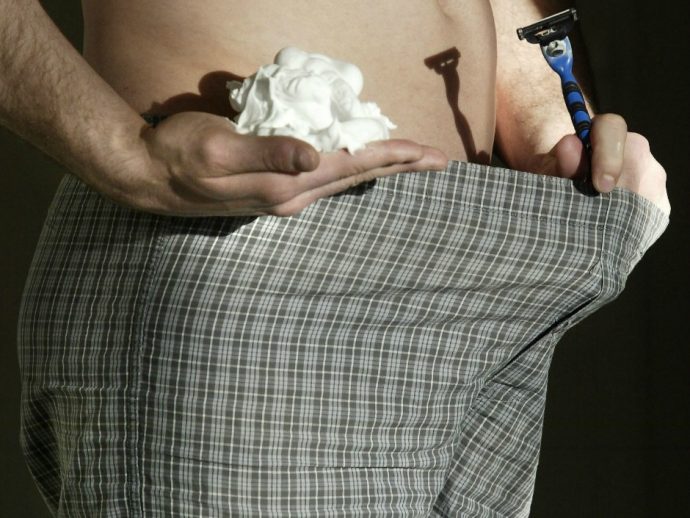
Grooming ‘down-there’ hair linked to higher risk of sexually transmitted infections
The authors defined extreme grooming as ‘removal of all pubic hair more than 11 times per year’
“Brazilians” and other forms of extreme grooming — the fastidious removal of all pubic hair — is associated with an almost four-fold heightened risk of acquiring a sexually transmitted infection, according to a new study exploring our warped perceptions of “genital normalcy.”
Researchers who surveyed 7,580 U.S. adults ages 18 to 65 found “ever having groomed” was associated with an 80 percent increased risk of ever having a STI, compared with no grooming.
The more obsessive people were with waxing, trimming, shaving or clipping their pubic hair, the higher the magnitude of risk, particularly for herpes and HPV, the human papillomavirus, one of the most common STIs in Canada.
The authors defined extreme grooming as “removal of all pubic hair more than 11 times per year,” and high frequency grooming as daily/weekly trimming.
In all, 74 per cent of respondents reported grooming their pubic hair — 66 per cent of men, and 84 per cent of women.
Among the groomers, 17 were categorized as “extreme” and 22 per cent “high frequency.”
Overall, a greater proportion of groomers (14 per cent) reported a history of sexually transmitted infections such as herpes, HPV, syphilis, gonorrhoea and HIV than non-groomers (eight per cent).
“Pubic hair removal has become a common practice among men and women worldwide,” the authors write in the journal Sexually Transmitted Infections. Other studies suggest people shear and trim their “down there” hair because it makes them feel cleaner or more feminine or masculine. It’s also seen as a “preparatory act” to sex. “According to the authors of the new study, “our perception of genital normalcy has changed.”
They offer several plausible explanations for their findings.
First, shavers and razors can cause “epidermal micro-tears,” allowing bacteria or viruses to enter the body through the skin. As well, people who groom may be more likely to engage in risky sex, the authors said.
Pubic hair removal has become a common practice among men and women worldwide
In their study, groomers were younger, reported a higher number of yearly and lifetime sexual partners and reported more frequent daily or weekly sex than those who leave their pubic hair intact.
The study doesn’t prove cause-and-effect, just an association. However, the researchers suggest their findings support delaying sexual activity after shaving, waxing or trimming, to allow “re-epithelialisation”, as well as safe sex strategies for groomers.
One note that carries a particular “ick factor”: Grooming appeared to protect against pubic lice. Infrequent shaving or trimming was associated with a doubling in lice risk, suggesting grooming makes it harder for lice to successfully breed, according to a background release with the study.
By Sharon Kirkey
Original article at: http://nationalpost.com/health/pubic-grooming-sti/wcm/ab8ade46-d75f-4e17-9b52-a30ea0ec9293
Photo credit: Tony Caldwell/Postmedia Network








